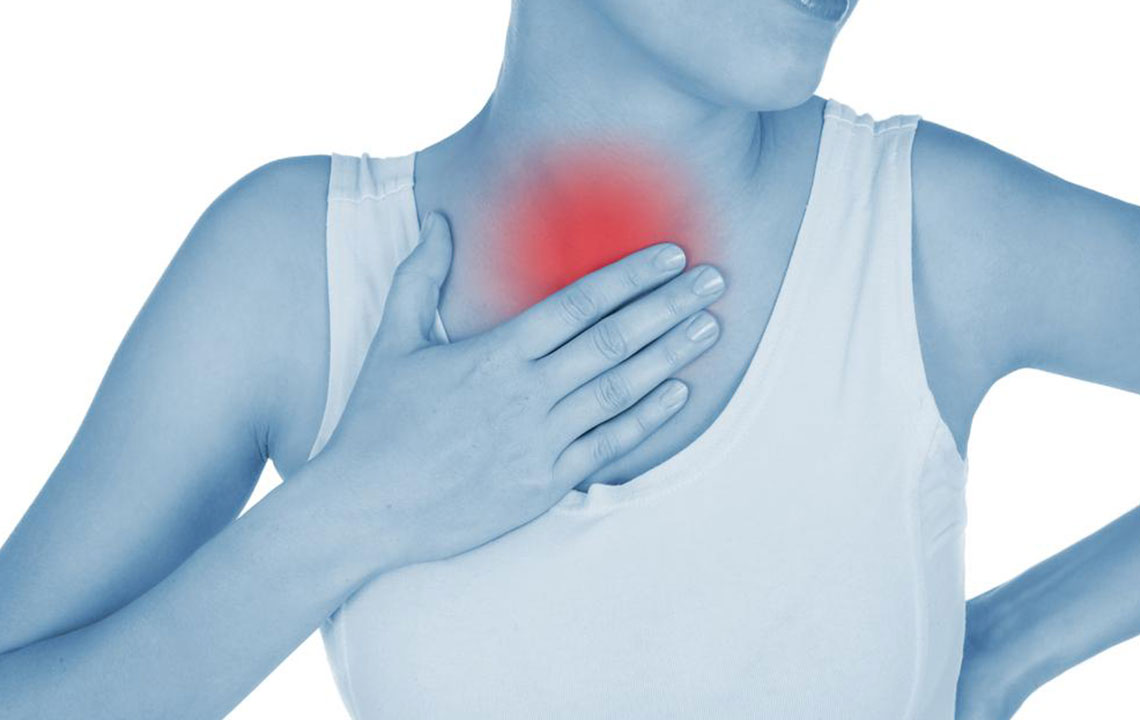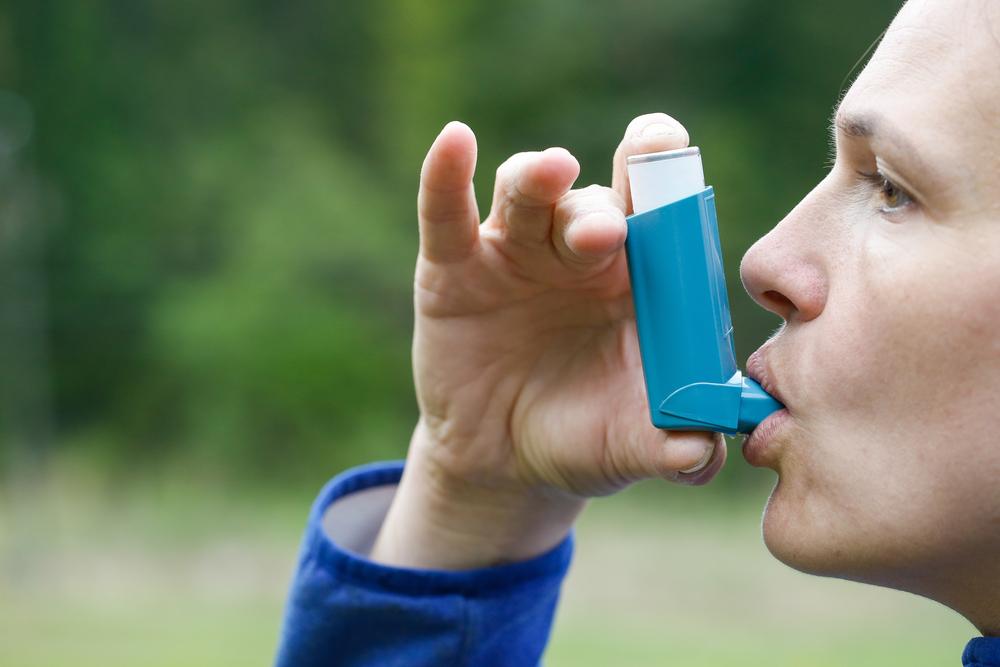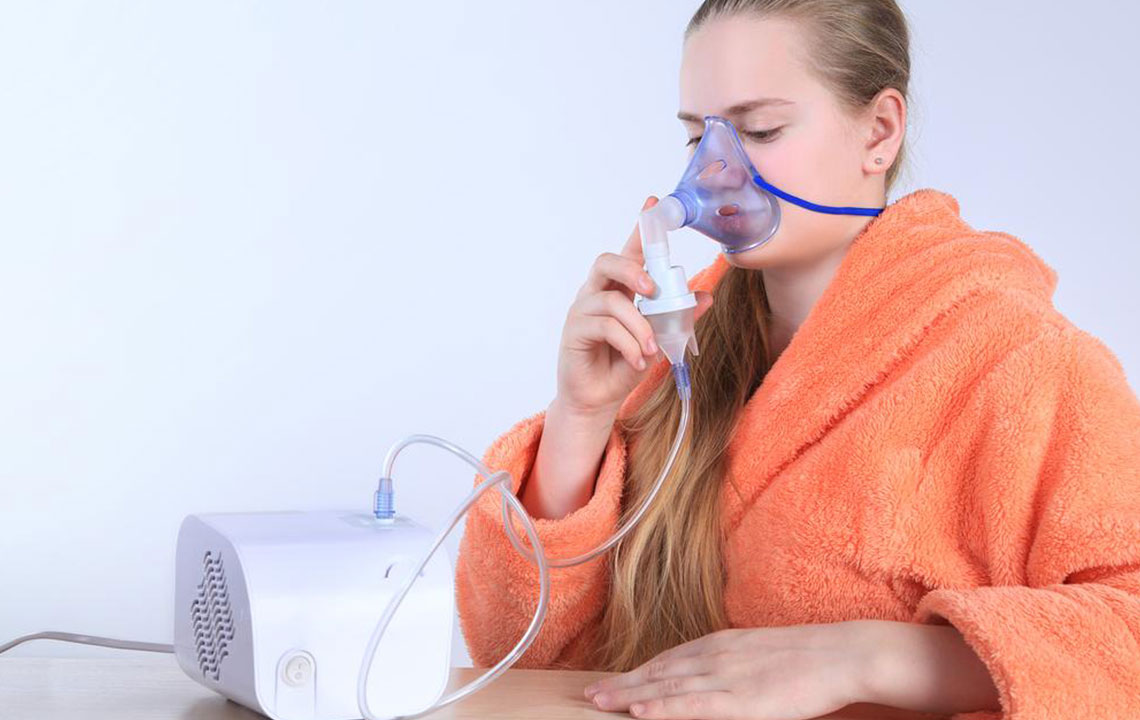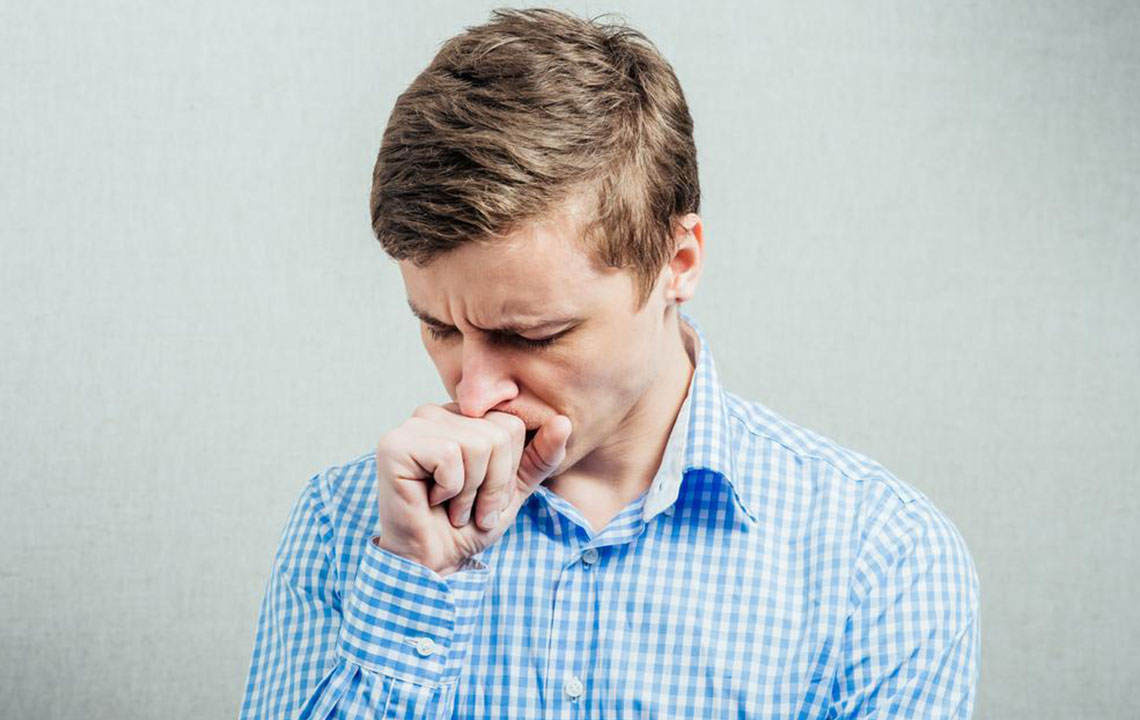Innovations in Oxygen Therapy for Chronic Respiratory Conditions
This article explores the latest advancements in oxygen therapy for COPD and chronic hypoxemia, emphasizing treatment techniques, device options, safety precautions, and benefits for patient health and longevity. It also discusses the importance of proper oxygen delivery and monitoring for optimal results.
Sponsored
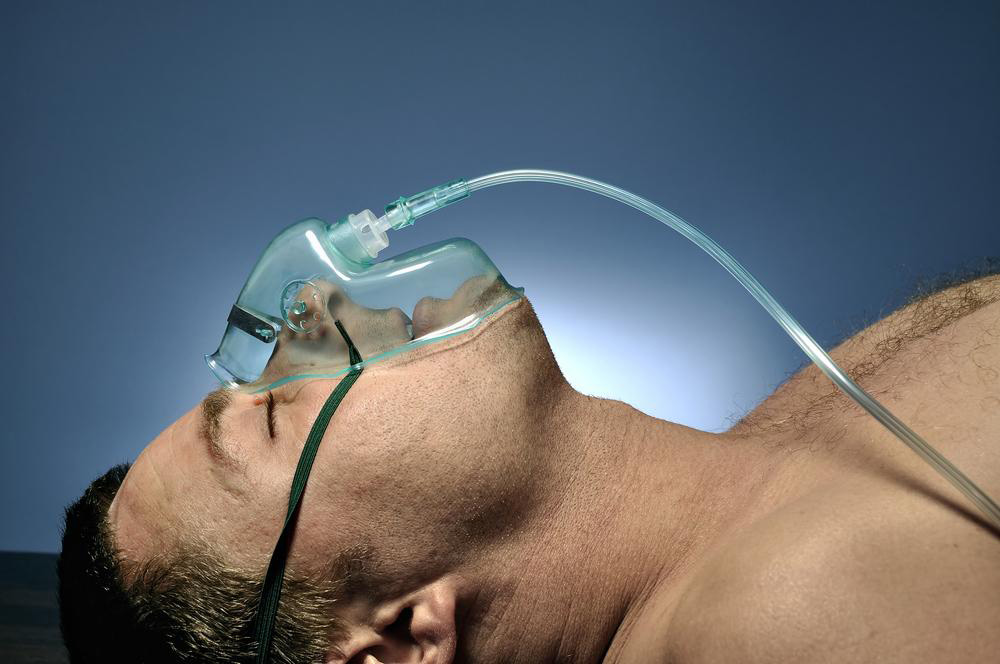
Advances in Oxygen Therapy Applications
Oxygen therapy has been a cornerstone in managing COPD for over six decades. Throughout this time, extensive research has uncovered its benefits and potential risks. Modern approaches focus on delivering oxygen-enriched air to aid breathing, particularly during physical exertion. For exercise-induced COPD, inhaling oxygen during activity enhances stamina and overall physical health, aiding disease management.
Long-term oxygen therapy is crucial for individuals with persistent blood oxygen deficits, known as chronic hypoxemia. This treatment enhances life quality, reduces breathlessness, and can prevent complications like right-sided heart failure linked to COPD. Devices such as oxygen concentrators, liquid oxygen systems, and traditional cylinders are used to provide supplemental oxygen.
Patients receiving home oxygen therapy must be cautious of fire risks, as even 28% oxygen levels can pose serious hazards. Portable systems suitable for travel are also available. Long-term oxygen therapy improves survival and life quality when used for at least 15 hours daily, ideally continuously. Maintaining blood oxygen saturation between 88% and 92% is essential, often achieved through titrated oxygen flow, mask settings, or nasal cannula at 2-3 L/min.
Recent studies highlight that delivering bronchodilators at 6 L/min during acute COPD exacerbations proves more effective. Healthcare providers should monitor for hypoxemia-related complications, such as carbon dioxide buildup, to ensure safe and optimal treatment outcomes.

